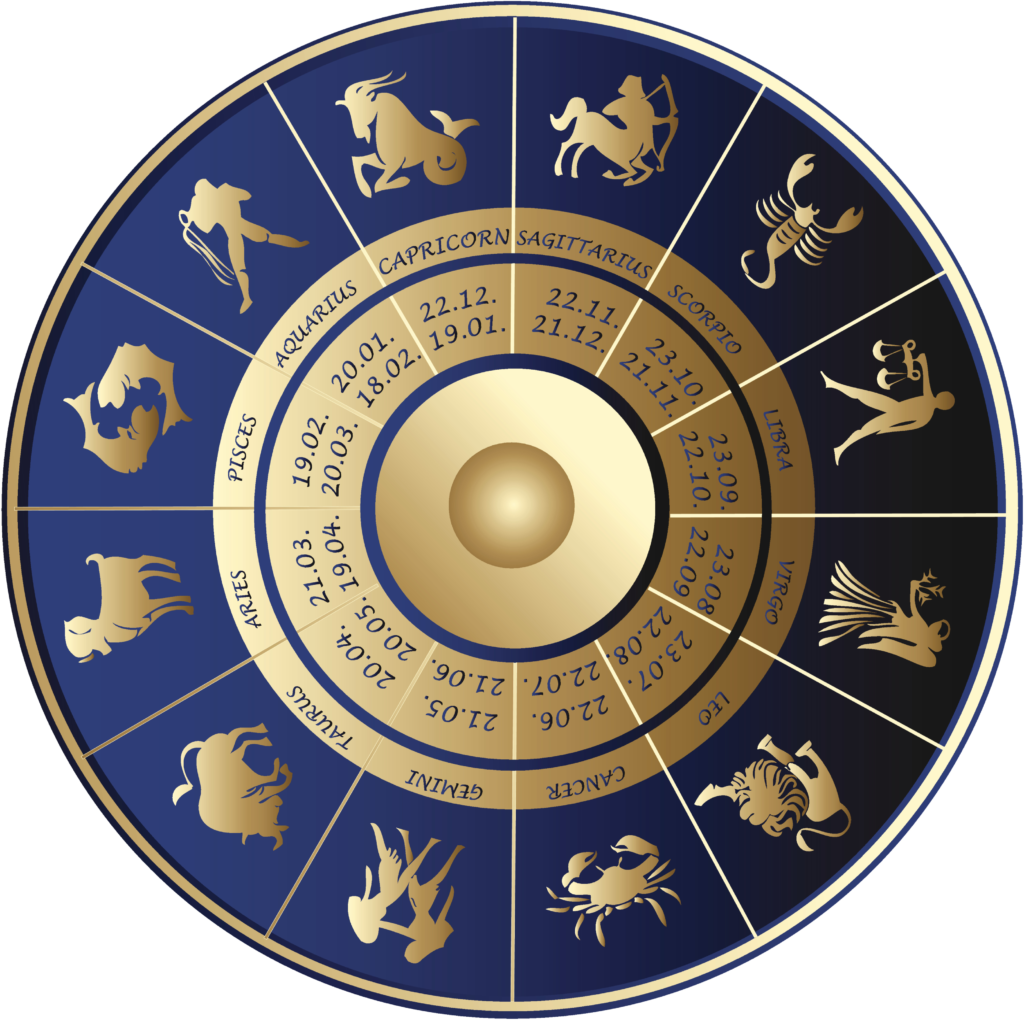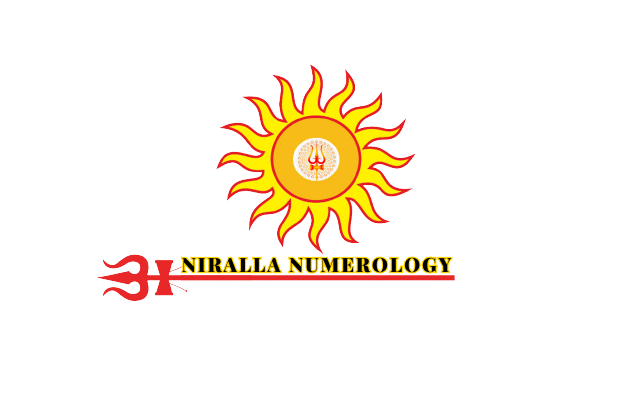Astrology is the belief and practice of studying celestial objects, such as stars, planets, and their movements, and interpreting their influence on human affairs and the natural world. It is based on the assumption that there is a correlation between the positions and movements of celestial bodies and events occurring on Earth.

The practice of astrology dates back thousands of years and is present in various cultures and civilizations around the world, including ancient civilizations in Mesopotamia, Egypt, Greece, and India. Different cultures have developed their own systems and methods of astrology, resulting in various branches and approaches.
Astrology is typically used to create horoscopes, which are personalized interpretations of an individual’s birth chart. A birth chart, also known as a natal chart, is a snapshot of the positions of the celestial bodies at the time of a person’s birth. It includes information such as the individual’s sun sign, moon sign, rising sign, and the positions of the planets in the zodiac signs.

Astrologers use this birth chart to interpret the potential influences and characteristics of an individual’s personality, relationships, career, health, and other aspects of life. They analyze the interactions and aspects between the planets to gain insights into a person’s strengths, weaknesses, and potential future events
astrology, type of divination that involves the forecasting of earthly and human events through the observation and interpretation of the fixed stars, the Sun, the Moon, and the planets. Devotees believe that an understanding of the influence of the planets and stars on earthly affairs allows them to both predict and affect the destinies of individuals, groups, and nations. Though often regarded as a science throughout its history, astrology is widely considered today to be diametrically opposed to the findings and theories of modern Western science.
Nature and significance
Astrology is a method of predicting mundane events based upon the assumption that the celestial bodies—particularly the planets and the stars considered in their arbitrary combinations or configurations (called constellations)—in some way either determine or indicate changes in the sublunar world. The theoretical basis for this assumption lies historically in Hellenistic philosophy and radically distinguishes astrology from the celestial omina (“omens”) that were first categorized and cataloged in ancient Mesopotamia. Originally, astrologers presupposed a geocentric universe in which the “planets” (including the Sun and Moon) revolve in orbits whose centres are at or near the centre of the Earth and in which the stars are fixed upon a sphere with a finite radius whose centre is also the centre of the Earth. Later the principles of Aristotelian physics were adopted, according to which there is an absolute division between the eternal, circular motions of the heavenly element and the limited, linear motions of the four sublunar elements: fire, air, water, earth.

Special relations were believed to exist between particular celestial bodies and their varied motions, configurations with each other, and the processes of generation and decay apparent in the world of fire, air, water, and earth. These relations were sometimes regarded as so complex that no human mind could completely grasp them; thus, the astrologer might be readily excused for any errors. A similar set of special relations was also assumed by those whose physics was more akin to that of the Greek philosopher Plato. For the Platonic astrologers, the element of fire was believed to extend throughout the celestial spheres, and they were more likely than the Aristotelians to believe in the possibility of divine intervention in the natural processes through celestial influences upon the Earth, since they believed in the deity’s creation of the celestial bodies themselves.
The role of the divine in astrological theory varies considerably. In its most rigorous aspect, astrology postulates a totally mechanistic universe, denying to the deity the possibility of intervention and to man that of free will; as such, it was vigorously attacked by orthodox Christianity and Islam. For some, however, astrology is not an exact science like astronomy but merely indicates trends and directions that can be altered either by divine or by human will. In the interpretation of Bardesanes, a Syrian Christian scholar (154–c. 222)—who has often been identified as a Gnostic (a believer in esoteric salvatory knowledge and the view that matter is evil and spirit good)—the motions of the stars govern only the elemental world, leaving the soul free to choose between the good and the evil. Man’s ultimate goal is to attain emancipation from an astrologically dominated material world. Some astrologers, such as the Harranians (from the ancient Mesopotamian city of Harran) and the Hindus, regard the planets themselves as potent deities whose decrees can be changed through supplication and liturgy or through theurgy, the science of persuading the gods or other supernatural powers. In still other interpretations—e.g., that of the Christian Priscillianists (followers of Priscillian, a Spanish ascetic of the 4th century who apparently held dualistic views)—the stars merely make manifest the will of God to those trained in astrological symbolism.
